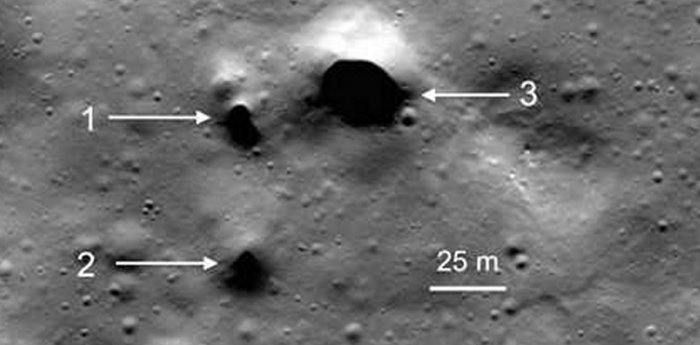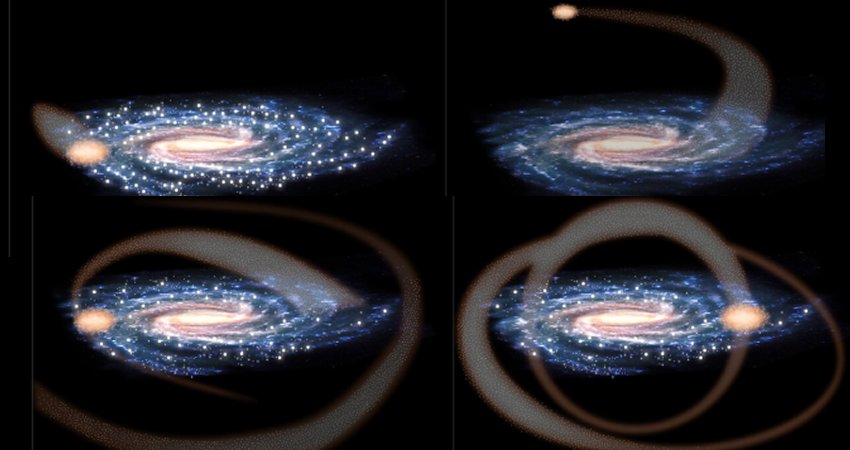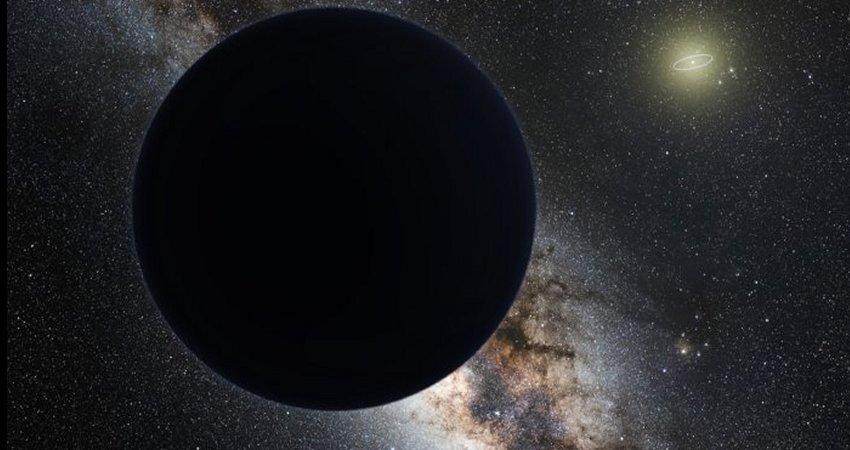Small Pits Leading To Underground Network Of Lava Tubes Found Near Moon’s North Pole
MesageToEagle.com – Small pits (or holes), which may be entrances to an underground network of lava tubes have been discovered in a large crater near the North Pole of the Moon, report The SETI Institute and the Mars Institute.
Researchers analyzed imaging data from NASA’s Lunar Reconnaissance Orbiter (LRO) to make this discovery.
The pits are located along sections of winding channels, known on the Moon as “sinuous rilles,” that crisscross the floor of Philolaus Crater. Lunar sinuous rilles are generally thought to be collapsed, or partially collapsed, lava tubes, underground tunnels that were once streams of flowing lava.
If water ice is present, these potential lava tube entrances or “skylights” might allow future explorers easier access to subsurface ice, and therefore water, than if they had to excavate the gritty ice-rich “regolith” (surface rubble) at the actual lunar poles.

The location of the pits is the northeastern floor of Philolaus Crater, a large, 43 mile (70 km)-diameter impact crater located at 72.1oN, 32.4oW, about 340 miles (550 km) from the North Pole of the Moon, on the lunar near side.
“The highest resolution images available for Philolaus Crater do not allow the pits to be identified as lava tube skylights with 100 percent certainty, but we are looking at good candidates considering simultaneously their size, shape, lighting conditions and geologic setting” says Pascal Lee, planetary scientist at the SETI Institute and the Mars Institute who made the new finding at NASA’s Ames Research Center in Silicon Valley.
Most recent discovery was made in the Moon ‘s polar regions.
“Our next step should be further exploration, to verify whether these pits are truly lava tube skylights, and if they are, whether the lava tubes actually contain ice. This is an exciting possibility that a new generation of caving astronauts or robotic spelunkers could help address” says Lee.
“Exploring lava tubes on the Moon will also prepare us for the exploration of lava tubes on Mars. There, we will face the prospect of expanding our search for life into the deeper underground of Mars where we might find environments that are warmer, wetter, and more sheltered than at the surface.”
Original story – here.
MessageToEagle.com
Expand for referencesReferences:









![Scientific visualization of a numerical relativity simulation that describes the collision of two black holes consistent with the binary black hole merger GW170814. The simulation was done on the Theta supercomputer using the open source, numerical relativity, community software Einstein Toolkit (https://einsteintoolkit.org/). Credit: Argonne Leadership Computing Facility, Visualization and Data Analytics Group [Janet Knowles, Joseph Insley, Victor Mateevitsi, Silvio Rizzi].)](https://www.messagetoeagle.com/wp-content/uploads/2021/07/artifintelgrvitwaves01-307x150.jpg)
